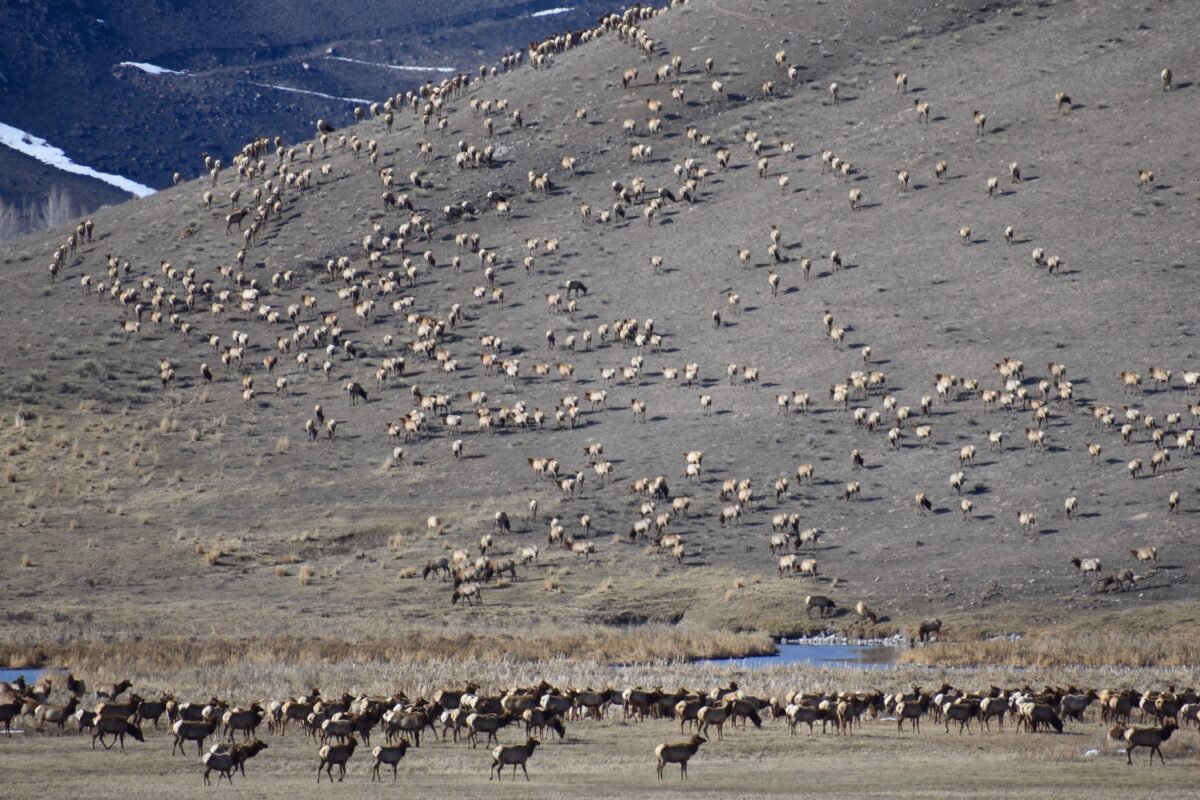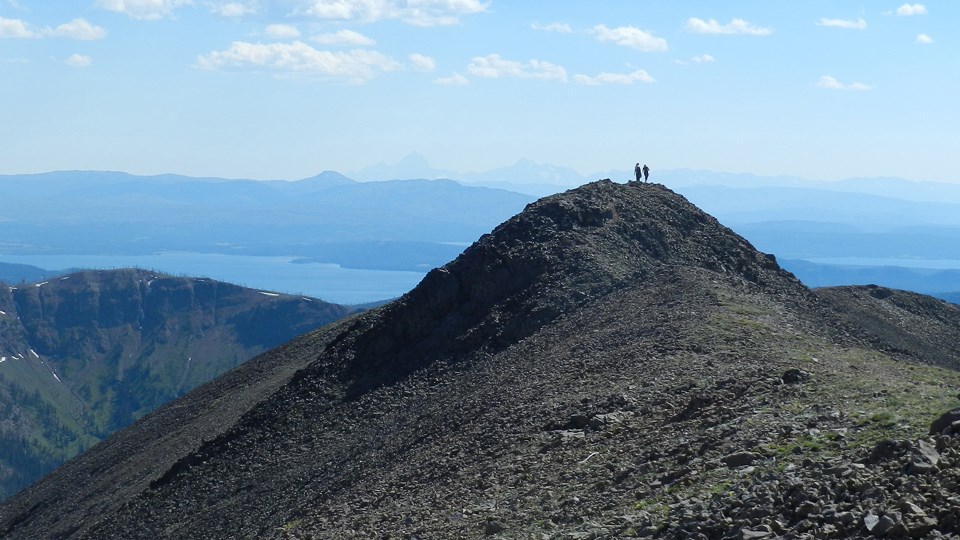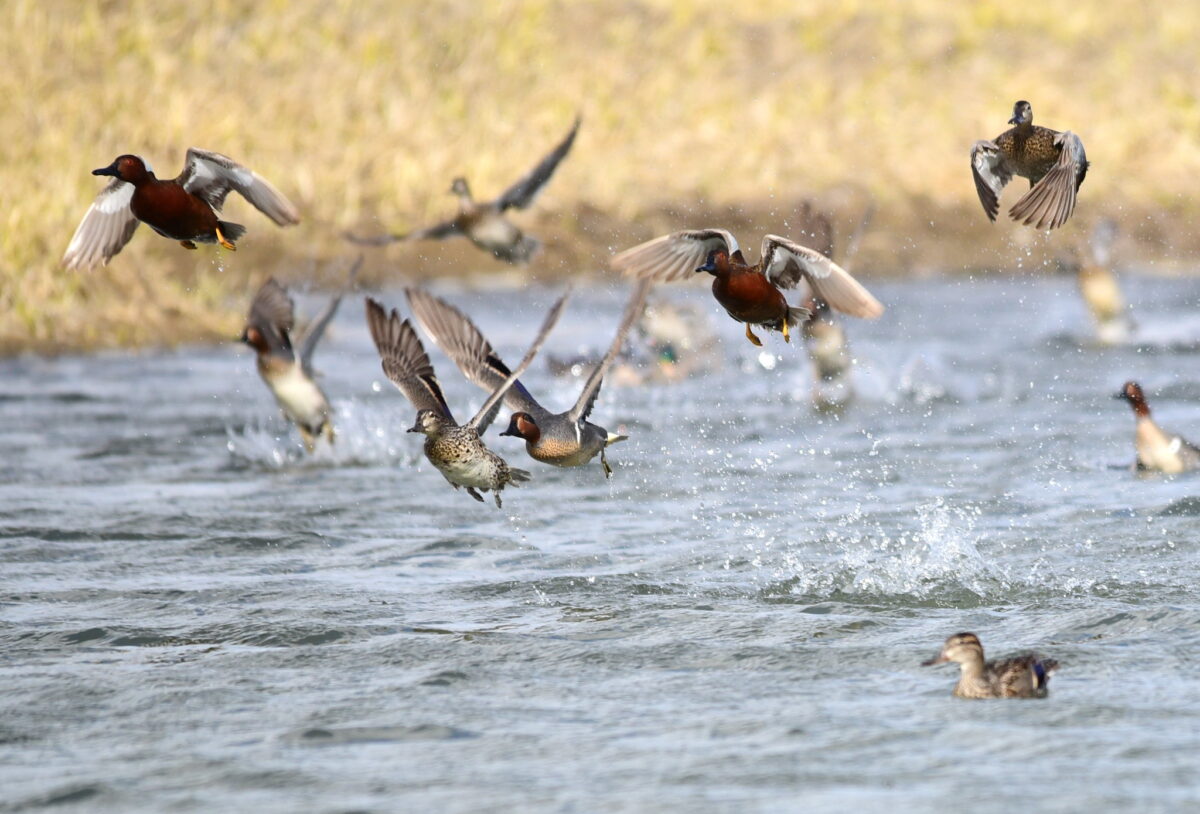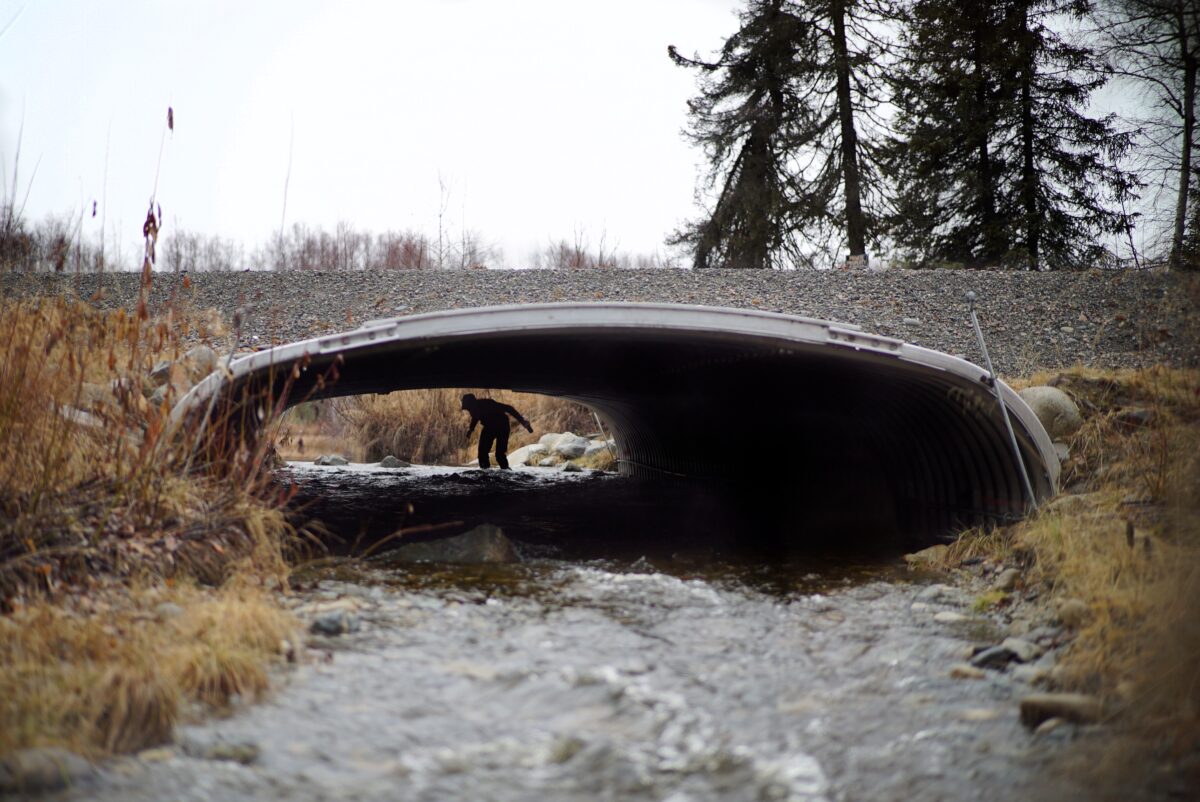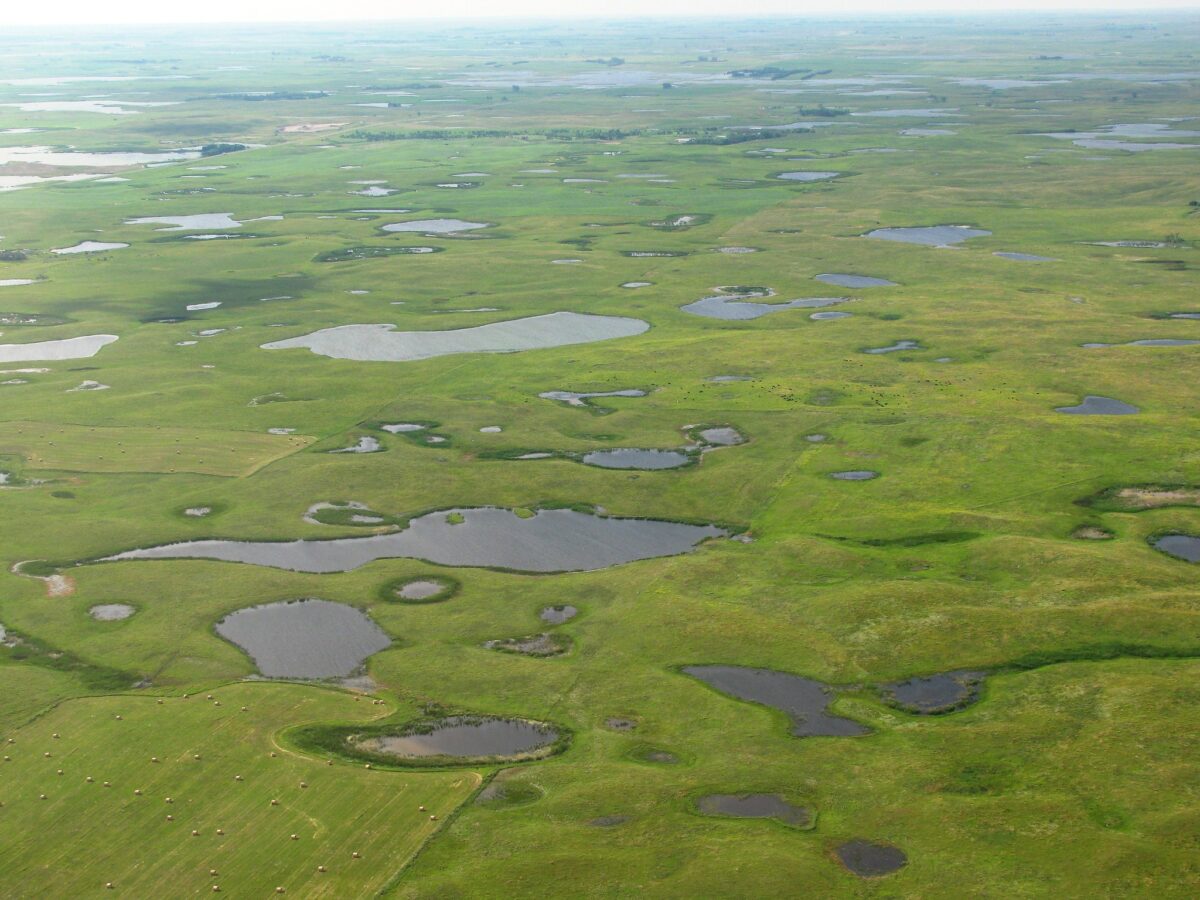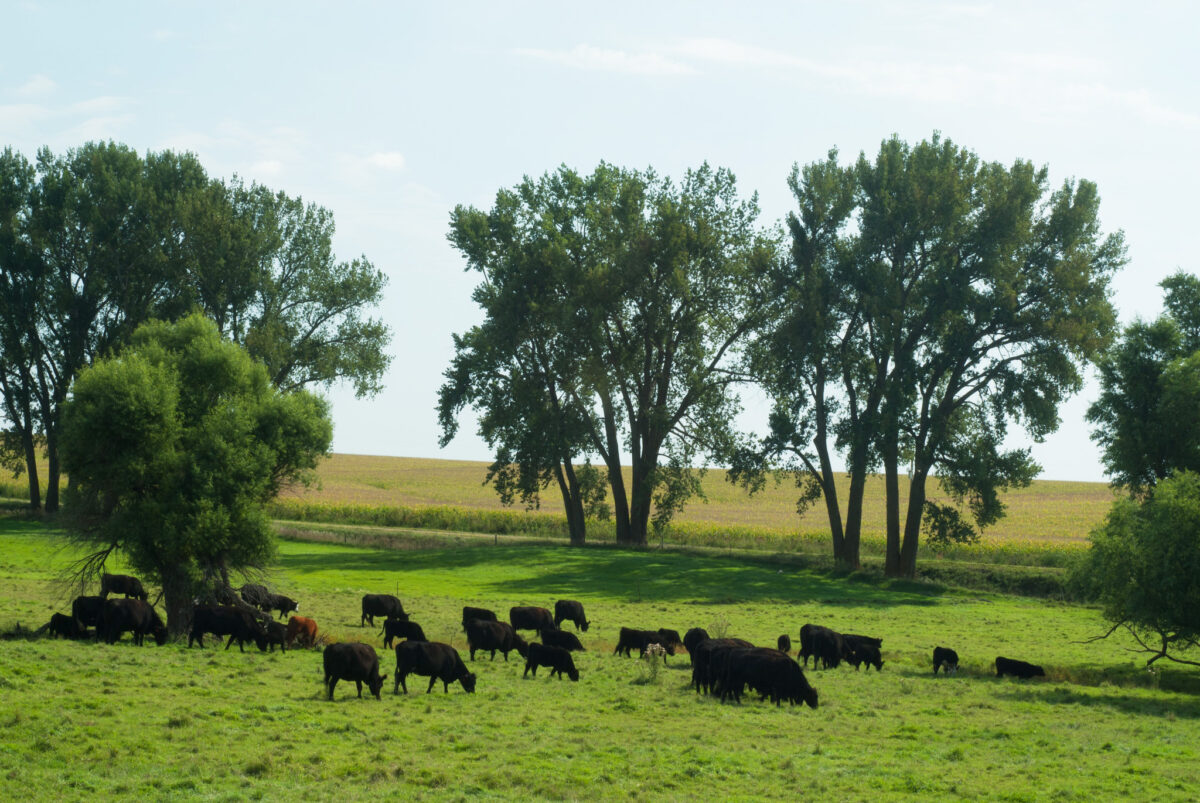$161 million will be allocated over 21 projects in 11 states
On Wednesday, May 31, the Bureau of Land Management announced a $161 million investment in ecosystem restoration and resilience work on our nation’s public lands. These funds are allocated from the Inflation Reduction Act as part of the administration’s Investing in America agenda. The BLM will focus work on 21 different landscapes across 11 western states.
“The Bureau of Land Management’s significant financial commitment will benefit local communities across the West, while boosting fish and wildlife habitat and our sporting traditions,” said Joel Webster, VP of western conservation with the TRCP. “The BLM has needed these resources for a long time, and TRCP is excited to see these dollars hit the ground in the form of beneficial management projects.”
This huge win for public land conservation has TRCP field staff from Alaska to Colorado eager to see habitat improvements in their respective states. Below are our top projects.
The Birch Creek and Fortymile Wild and Scenic Rivers are renowned for their remote yet relatively accessible DIY opportunities to hunt caribou and moose, fish for Arctic grayling, and explore big, wild country. Very few places allow for multi-day float trips on primitive sections of river, while also being accessible by road. The BLM’s $5 million investment here will improve water quality and aquatic habitat in these diverse watersheds, which in turn will support subsistence and recreational fisheries.
“The TRCP applauds the BLM’s commitment to restore these prized public lands and waters in Eastern Interior Alaska, which offer extraordinary recreational, cultural and historic values,” said Jen Leahy, TRCP’s Alaska program manager. “By improving water quality and aquatic habitat, and ensuring safe access for year-round recreation, future generations will be able to enjoy these diverse watersheds and fisheries that fuel Alaska’s powerhouse recreation economy.”
The vast sagebrush-steppe of southeast Oregon is a stronghold for greater sage-grouse, pronghorn, mule deer, and other iconic wildlife. By planting sagebrush, treating invasive vegetation, promoting native plants, and cutting fuel breaks, this key habitat will be strengthened and restored. The project will provide $5 million towards the restoration of 3.7 million acres of BLM sagebrush landscapes.
“We’re excited to see the BLM include the region between the Hart Mountain National Antelope Refuge and the Sheldon National Wildlife Refuge as one of the 21 nationally recognized projects,” said Michael O’Casey, TRCP’s deputy director for the Pacific Northwest. “The TRCP has been working for several years to conserve a pronghorn migration corridor on these BLM lands, and we’re thrilled to see restoration dollars here on the ground.”
The Montana Mountains in northwest Nevada will see $6 million invested into aquatic restoration and conservation. The perennial springs in the high desert oasis are critical to this ecosystem that hosts antelope, mule deer, greater sage-grouse, pygmy rabbit, and other species endemic to sagebrush country.
“The Montana Mountains support Lahontan cutthroat trout in several small streams on the east side of the range, and on top is some of the most intact greater sage-grouse habitat in this part of the state,” said Carl Erquiaga, TRCP’s Nevada field representative. “However, this mountain range is not without its threats. Wildfire has altered large portions of the mountain, allowing invasive cheatgrass to expand. Additionally, mining interests vie for important lithium deposits that exist across much of the area which is part of the McDermitt Caldera. These funds could not have come at a better time for restoration work.”
The San Luis Valley is a sacred area to a number of Tribes, and the wetlands are invaluable habitat for birds, fish, and mammals. Through a $6.1 million investment, the BLM looks to restore habitat, improve hunting and fishing opportunities, and bolster fire and drought resistance. The work here will conserve cultural and historic spaces, expand public use, and help manage natural resources at the headwaters of the Rio Grande.
“The $6.1 million dedicated to the San Luis Valley Restoration Landscape is a historic investment in restoring wildlife habitat and fisheries, improving hunting and fishing opportunities, and building resilience to drought and wildfire,” said Alex Funk, TRCP Director of Water Resources. “TRCP is excited to begin the work of supporting local partners, including Ducks Unlimited, in utilizing these funds to increase the pace and scale of wetland ecosystems, while improving hunting and fishing access in the headwaters of the Rio Grande.”
A land of intersections, the headwaters of the Missouri River and the mountain ranges that steeple southwestern Montana create a wildlife habitat confluence where westslope cutthroat, Arctic grayling, mule deer, elk, and greater sage-grouse have maintained solid footing. Multi-generational ranches interspersed with public land knit a quilt of agriculture and outdoor recreation. These precious pillars of wildlife and cultural value will receive a $9.98 million investment to bolster their longevity.
“We are pleased to see the BLM invest in restoration efforts in the Missouri Headwaters Landscape,” said Scott Laird, TRCP’s Montana field representative. “There have been significant changes to this landscape and its habitats with new threats and pressures on the horizon. This area supports exceptional big game migration routes, critical sagebrush steppe habitat, and world class cold-water fisheries. Sportsmen and women should be encouraged with the prioritization of restoration for these BLM lands.”
While most anglers will be familiar with the Colorado River cutthroat, this native fish shares Muddy Creek with lesser-known species like the bluehead and flannelmouth suckers and roundtail chub. All these cold-water fish, along with the winter range and migratory corridors to the east of the creek, stand to benefit from the $10 million in fuels reduction, stream and wetland enhancement, and erosion control set to hit the ground here in the headwaters of the Colorado River basin.
“The BLM’s investment in the Muddy Creek Area is a win-win for Wyomingites. Habitat improvements will increase forage conditions for livestock grazers and big game populations, a critical step for recovering populations of pronghorn and mule deer that were devastated by the past winter,” said the TRCP’s Wyoming field manager, Josh Metten. “Local communities stand to benefit from jobs created by these boots on the ground projects, which also include wildfire mitigation and stream health improvements for native Colorado Cutthroat trout.”
The Upper Salmon River is a critical cold-water refuge for salmon, steelhead, and bull trout. Here in these headwaters, the BLM manages over 3,000 miles of streams and river corridors that are also home to elk, mule deer, and greater sage-grouse. Working with local communities and Tribal partners, the BLM plans to invest $9.1 million to replace culverts, reduce fuels, address conifer encroachment, increase diversity of native grasses and forbs, and improve water quality that will benefit wildlife and local communities alike.
“BLM’s commitment of nearly $27 million to restore three landscapes across Idaho will benefit fish and wildlife,” said Rob Thornberry, TRCP’s Idaho field representative. “It will also benefit hunters and anglers and local economies in the areas where BLM lands will be actively restored. Everyone should see wins from this investment.”
Photo Credit: Gregory “Slobirdr” Smith

